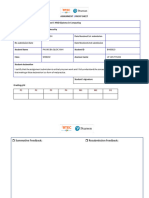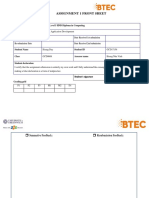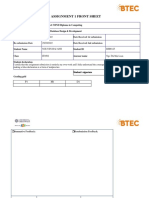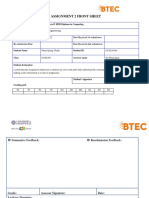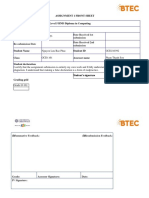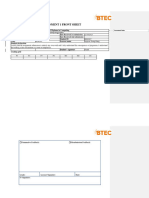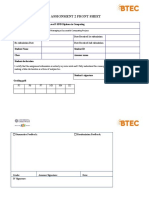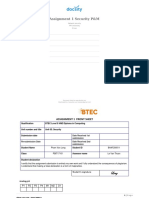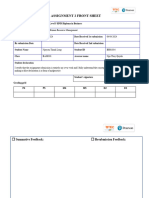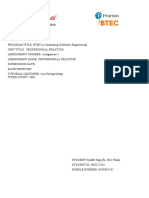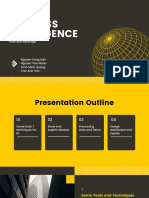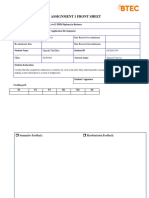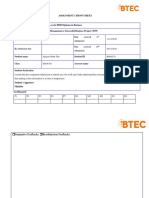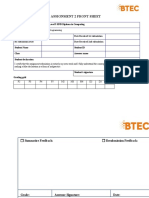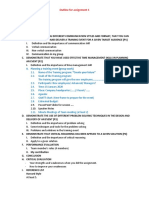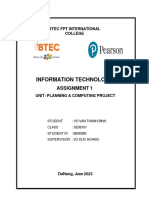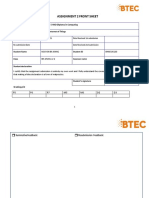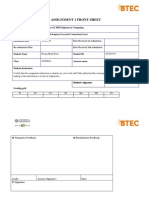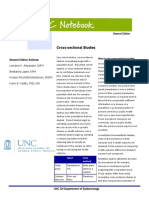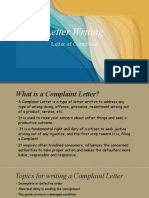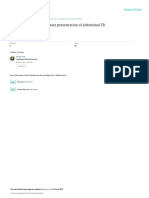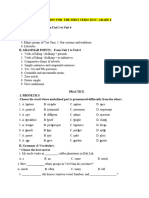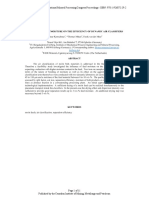0% found this document useful (0 votes)
288 views31 pagesASM 1-Programming-1618 (Distintion) : Computer Programming FPT University
The document discusses a programming assignment to create a student information management system using C#. The system allows a teacher to log in, input student data, display student data, search for student information, and delete student records. It outlines the problem of managing student documents, proposes a solution using a C# program, and explains key aspects of the system including logging in, inputting, displaying, searching for, and deleting student information. It also provides background on C# and the software development life cycle approach that will be used.
Uploaded by
Anh MinhCopyright
© © All Rights Reserved
We take content rights seriously. If you suspect this is your content, claim it here.
Available Formats
Download as PDF, TXT or read online on Scribd
0% found this document useful (0 votes)
288 views31 pagesASM 1-Programming-1618 (Distintion) : Computer Programming FPT University
The document discusses a programming assignment to create a student information management system using C#. The system allows a teacher to log in, input student data, display student data, search for student information, and delete student records. It outlines the problem of managing student documents, proposes a solution using a C# program, and explains key aspects of the system including logging in, inputting, displaying, searching for, and deleting student information. It also provides background on C# and the software development life cycle approach that will be used.
Uploaded by
Anh MinhCopyright
© © All Rights Reserved
We take content rights seriously. If you suspect this is your content, claim it here.
Available Formats
Download as PDF, TXT or read online on Scribd
/ 31


